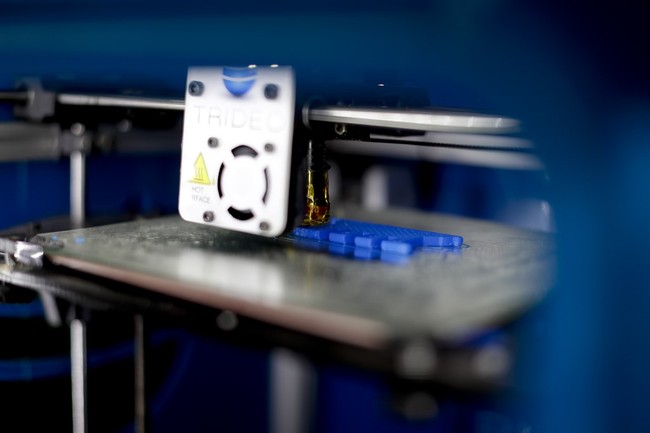
This article was originally published on Bearing Arms. You can read the original article HERE

I'm not someone who is generally fascinated by technology, despite being a science fiction nerd at heart. The reason is so much of it really just feels like small, incremental changes to what we've already had. There's not a whole lot I'm running into that feels new and exciting.
Advertisement
A notable exception to that is the 3D printer.
The idea that I could buy a device in my house and just print products as I need them and as many as I need is just too awesome. It's not quite the Star Trek replicator, but it's a whole lot closer than I expected to see in my lifetime.
The fact that someone figured out how to make guns with one is just the icing on the cake. I've long said that the 3D printer marks the death of any hope gun control advocates reasonably had of controlling guns.
It seems a lot of people out there don't agree, of course, but for evidence of that, let's take a look at Australia, for a moment.
The Land Down Under has extensive gun control laws. Some have suggested that as a model the United States should follow, which one would believe means that the laws actually work.
However, there's a problem with that idea. Enter the 3D printer once again.
The lethal FGC-9 semi-automatic weapon can fire up to 30 rounds without needing to be reloaded and is the most popular 3D-printed gun in Australia, based on seizures in every state and territory over the past 12 months.
Police say the gun, branded under the name ''F*** Gun Control", is increasingly being found in the hands of organised crime groups, extremists and teenagers around the world.
These guns are deadly and far more advanced than the homemade wood and metal piece that was in 2022 used to kill former Japanese prime minister Shinzo Abe.
At the Australian Federal Police forensics headquarters in Canberra, the ballistics team manufactured their own FGC-9 to show ABC's 7.30 show how advanced and dangerous 3D-printed guns had become.
"Its characteristics, in terms of muzzle velocity and penetration, are comparable to other firearms if it's manufactured effectively," the AFP's forensics co-ordinator, Dr Michael Taylor, said.
It is illegal to make a 3D-printed firearm in Australia - and the possession of a digital blueprint to create one is an offence in some states.
Advertisement
That's not actually stopping criminals from making them, nor is it likely to stop anyone who isn't generally involved in crime but who values their right to keep and bear arms.
See, 3D printers have too many other uses for them to be effectively regulated by anyone. People use them for way too many things that would be considered "legitimate" to do so. Entire businesses have sprung up because of the ability to manufacture products in one's basement using a few 3D printers. Others use them to make their hobbies easier. Others enjoy the engineering or design aspects of creating things that can then be used around their homes.
You can ban the printing of guns or even the files, but those laws exist mostly just to punish people who do it. It's never going to stop someone from making them. Especially if they have a 3D printer, and as I said, that's not likely to go anywhere anytime soon.
And with these being all over the place, the days of gun control having a hope in Hades of actually preventing bad people from getting guns went from distant to "never going to happen."
There's an upside to this, though. Designs like the FGC-9 provide freedom-loving people a way to overthrow tyrannical dictatorships, so there's that.
Advertisement
This article was originally published by Bearing Arms. We only curate news from sources that align with the core values of our intended conservative audience. If you like the news you read here we encourage you to utilize the original sources for even more great news and opinions you can trust!









Comments